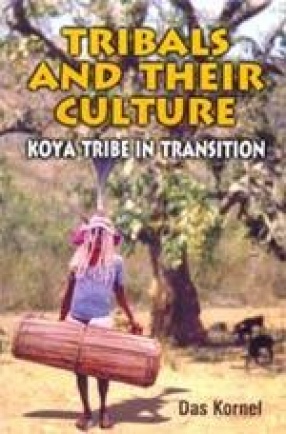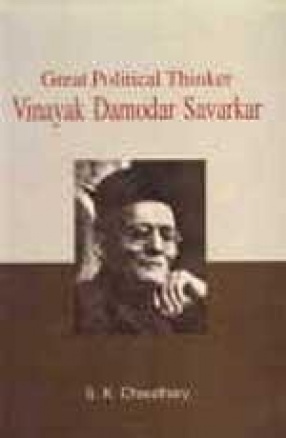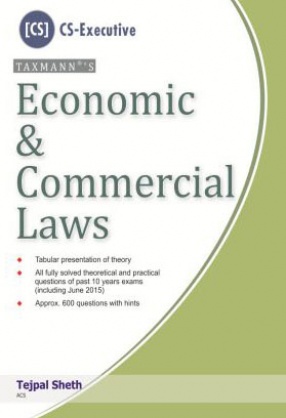The books deals with an ethnographic description of the processes of social change and development of Koya tribe of Malkangiri district in Orissa due to hydro projects and the influences of dominant cultures of refugees settled in their areas and the simultaneous influx of persons connected with various large scale development projects to their hinterland. The Koya is a large tribal community distributed in South malkangiri of Orissa, South Baster of Chhatisgarh, East Godavari and Khamam districts of Andhra Pradesh in India. The book contains a brief account of history with relations to Malkangiri area from ancient literature up to recent days including British accounts has been briefly given to introduce the area and events of the past. A chapter on land, climate, flora and fauna of malkangiri finds a special place. The book gives a detail account of Koya tribe along with their cultural practices including the aspect of ‘Human Sacrifice’ called Meriha, a heinous act found rampant during 18th century in Malkangiri and South Orissa. Koya habitat, economy, society and culture are detailed. The Koyas’ primitive agriculture, where Mohua tree and Cattle is centre of life and economy has been successfully narrated. Description is made on how Koya society, though distributed in large geographical area, is united by Beria Puja or Bodo Puja. The manuscript describes the change processes from 1970 onwards, which includes traditional socio-cultural aspects of Koya society and gradual changes that have appeared due to the influence of the rehabilitated refugees under Dandakaranya Development Project. The book examines the process development in dandakaranya Project, which highlights the relation and influence of Bangladesh refugees on Koya tribal society detailed out in three stages from 1970 onwards: the changes in Koya tribal society due to the influences of Dandakaranya project and economic and cultural practices of refugees from Bangladesh, Oriya refugees from Burma and Ceylonese Tamil refugees on transit basis. The book narrates the changes in habitat, economy and society of the tribals after simultaneous large scale displacements of their families due to Duduma, Balimela, Upper Kolab, Indravati hydro-electricity Projects, bauxite inning project, Hindustan Aeronautic project and the influx of people from various walks of life to the natives of the tribals. The net effect of the above developments on local primitive tribal societies has been of interest to academicians and development world, which is documented in this book. The book clearly brings out the process of refugees’ rehabilitation and conflict of interest with local recipient societies over the period f time. How the background of the refugees have not only uniquely helped them to attain superiority in local economy by gaining from development programs but also acquiring pivot role in political processes as well in the new environment is dealt in this book. The process of survival in the new environment, ecological transition, fertility transition, cultural transition, linguistic transition, economic transition, transition to democratic processes, transition to community ownership and bio-ethics, transition of identity and power I case of the refugees have been empirically described.
Tribals and Their Culture: Koya Tribe in Transition
In stock
Free & Quick Delivery Worldwide
reviews
Bibliographic information
Title
Tribals and Their Culture: Koya Tribe in Transition
Author
Edition
1st ed.
Publisher
ISBN
8131300218
Length
xii+249p., Figures; References; Index; 23cm.
Subjects






There are no reviews yet.